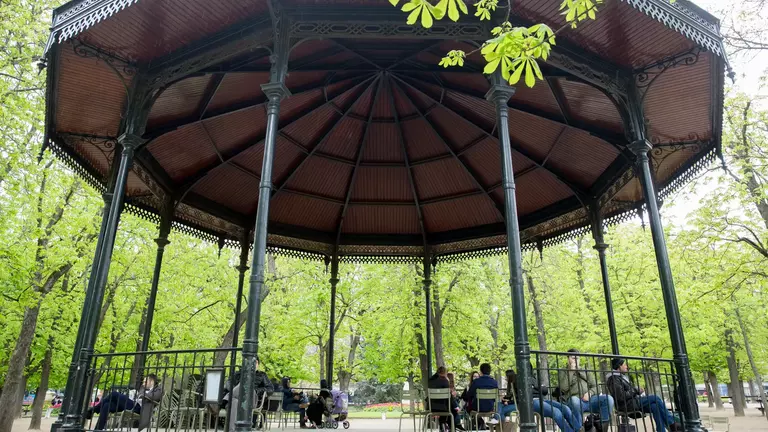The Médicis Fountain
In around 1630, Marie de Médicis had the Luxembourg Grotto erected in the image of the nymphaea and fountains that adorned Italian gardens, and it has been known as the "Médicis Fountain" ever since. Thomas Francine, General Superintendent of Waters and Fountains, is said to have designed it.
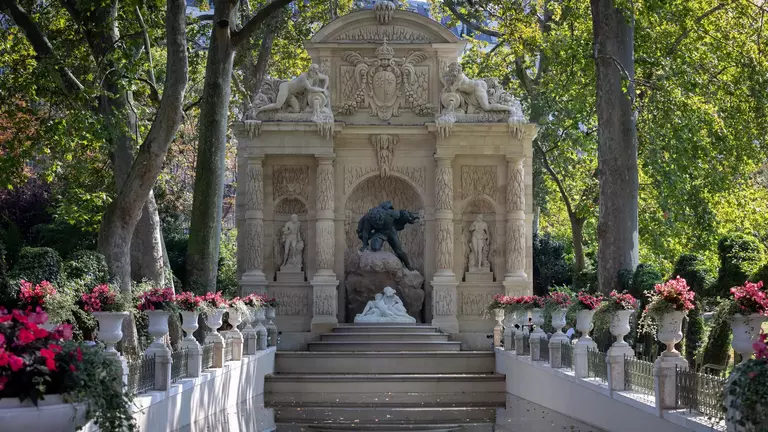
The Garden's Statues
Plants are just part of the story. In the garden, there are also 102 statues that people the paths and avenues: an impressive collection that makes the Luxembourg a real open-air museum.
Most of the statues in the garden date from the 19th century, representing the artists of the period and symbolising the link between art and the Luxembourg. As you might expect with so many publishing houses and faculties in the area, writers feature large among the statues that watch over visitors and their reading matter. Will you be able to find Baudelaire, George Sand, Stendhal, Flaubert, Sainte-Beuve, Montesquieu and Zweig, among others ?
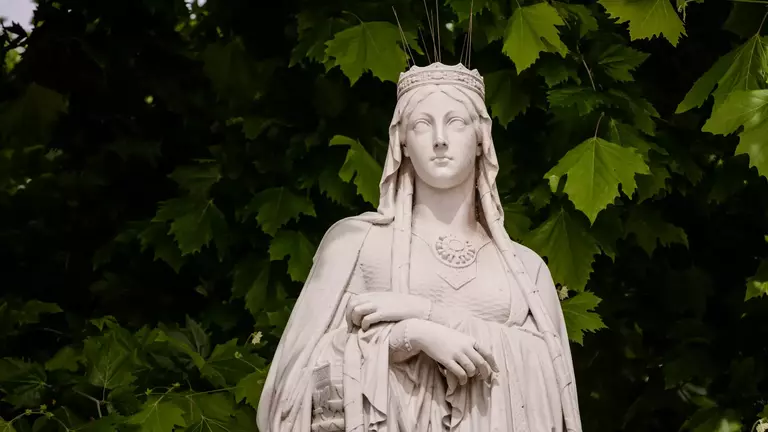
The Luxembourg Museum
In 1750, the Luxembourg Museum became the first French museum open to the public. Initially housed in the Luxembourg Palace, the museum has moved in the course of its history, and its cultural policy has evolved over time, becoming a cultural highlight in the Parisian landscape.
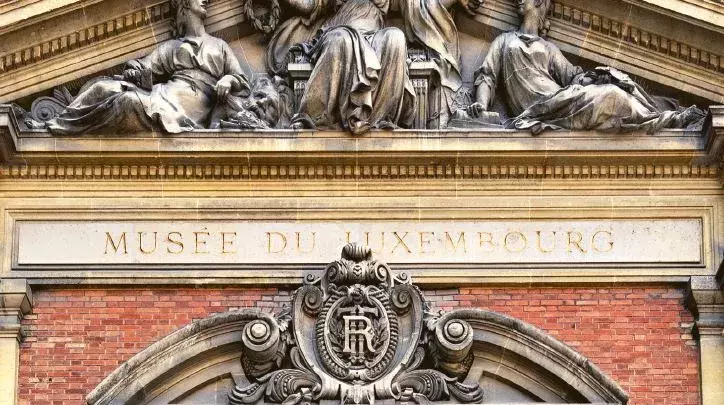
The Orangery
There have been several successive orangery buildings over the years. The current one is located in the western part of the garden, and dates back to 1839. The most beautiful and oldest specimens of bitter orange trees are exhibited in the garden every year, from May to October, along the south façade of the Palace.

The Davioud Pavilion
Formerly known as the Pépinière Buffet (1867), this pavilion was originally a café-restaurant and was built by Gabriel Davioud (1823-1881).
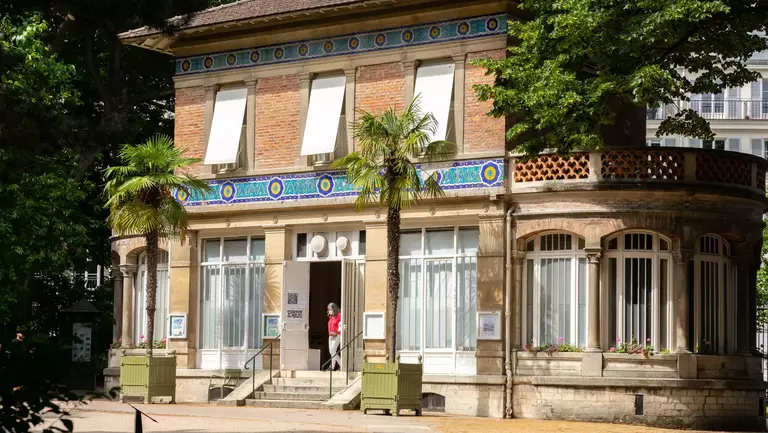
The Seats
The "Sénat" seats have been furnishing the Luxembourg Gardens since 1923 and have become an icon of French furniture. Behind this everyday object lies a rich history.

The Luxembourg School Apiary
The Luxembourg school apiary continues the unusual tradition of an apiary in the heart of central Paris.
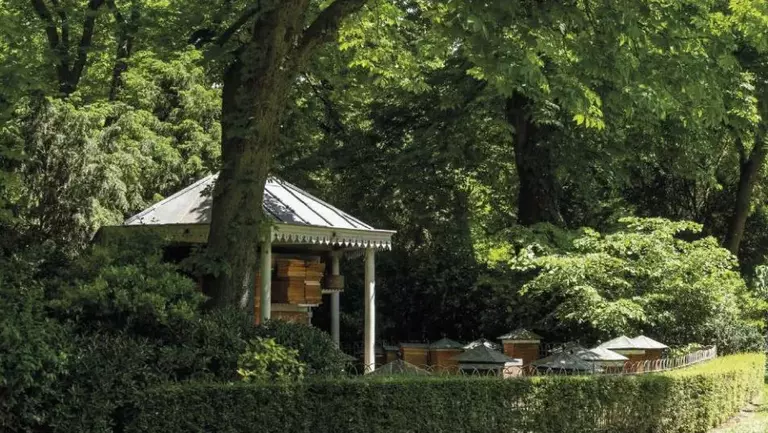
The Médicis Aqueduct
Discover the aqueduct that feeds the Luxembourg garden.
Managed by Eau de Paris, shortened to ten kilometres and listed as a historic monument, the Médicis aqueduct is still in service.
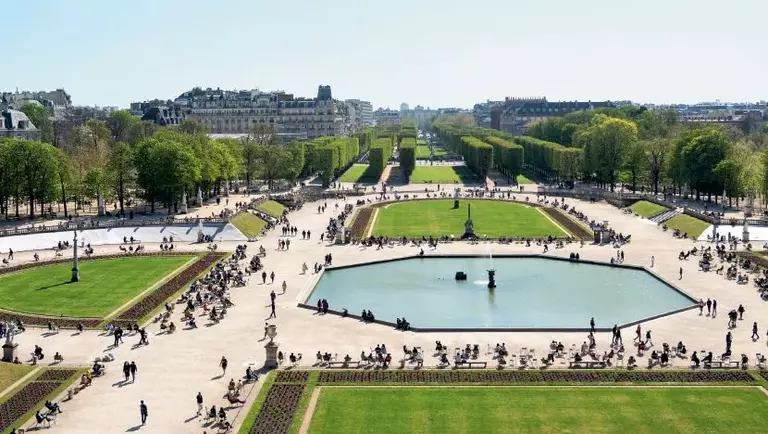
The Grilles
Since 2001, the Senate has made available to exhibitors, against payment of a fee, the section of the Grilles du Luxembourg Garden between the Porte Saint-Michel and the Porte Odéon.
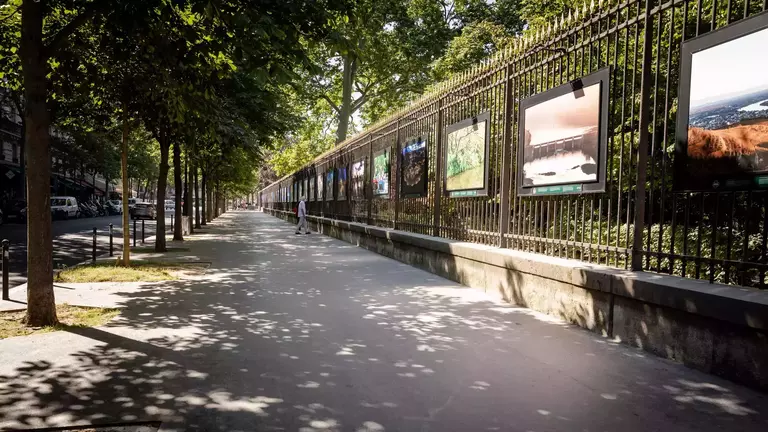
The Music Bandstand
An iconic feature of the Garden, the music kiosk brings joy to Parisians and tourists alike. Concerts featuring a variety of music are held there regularly.
